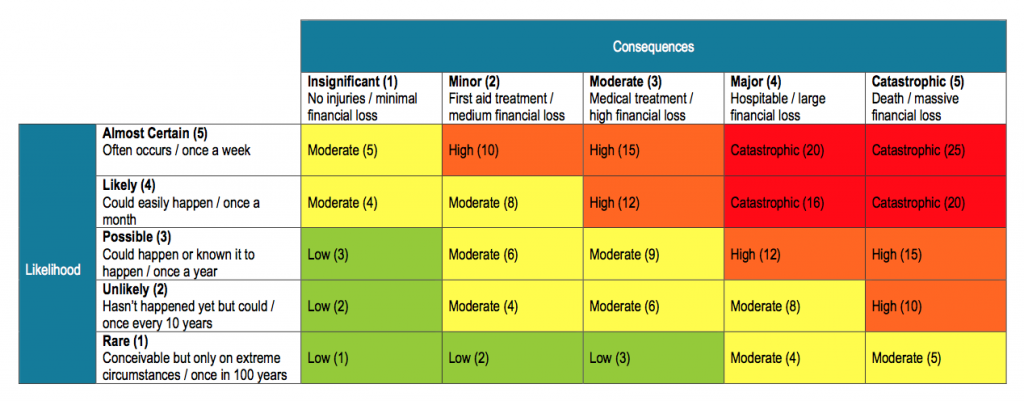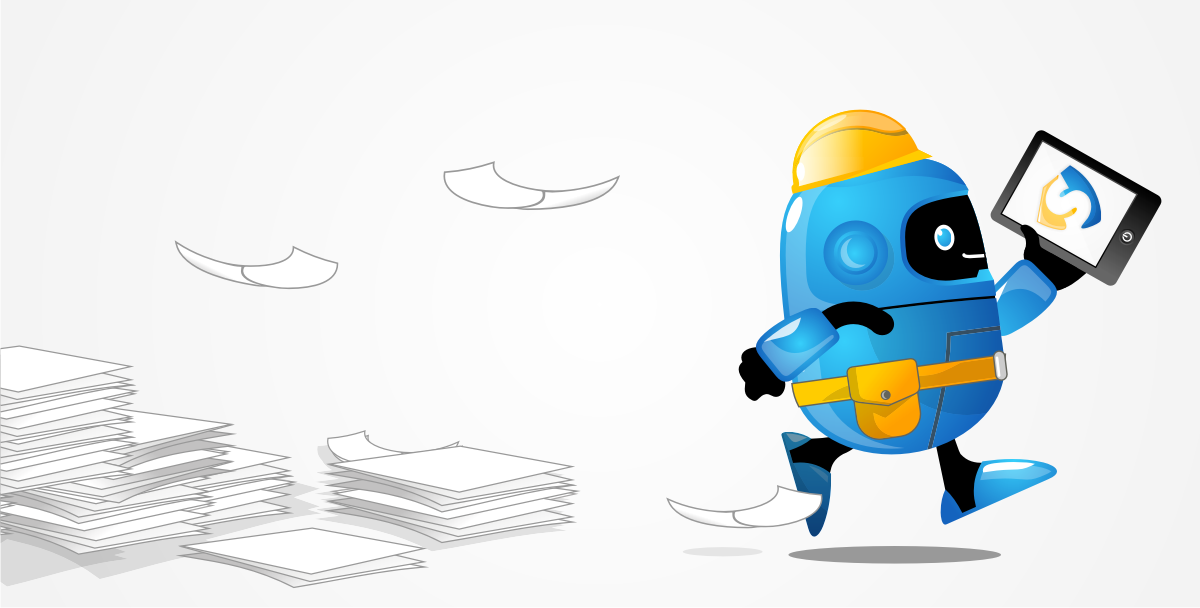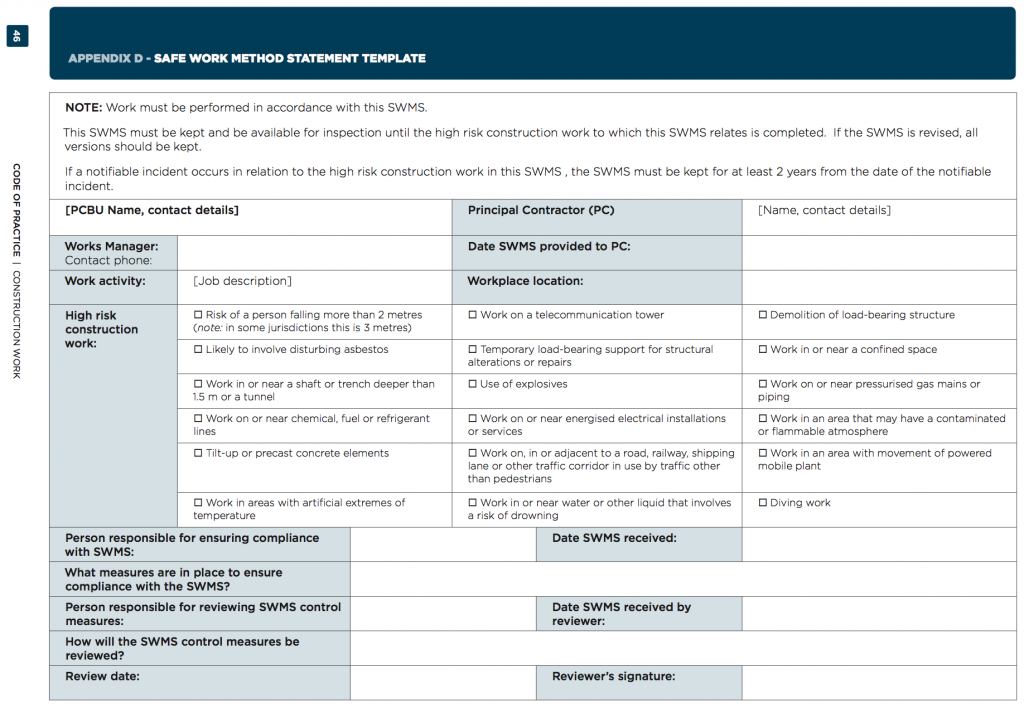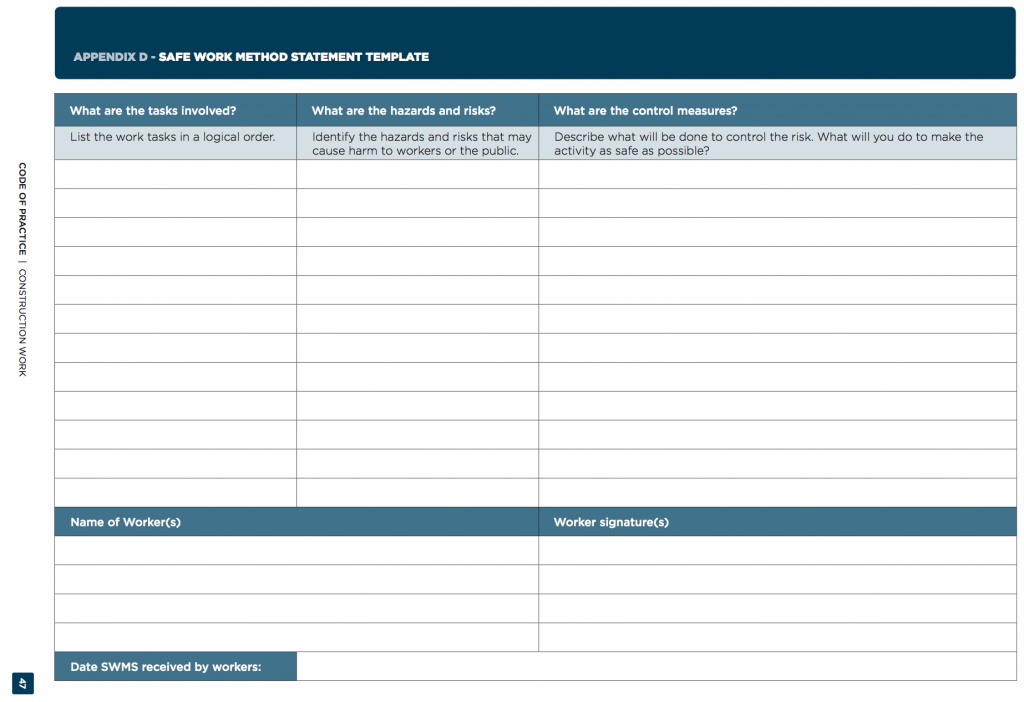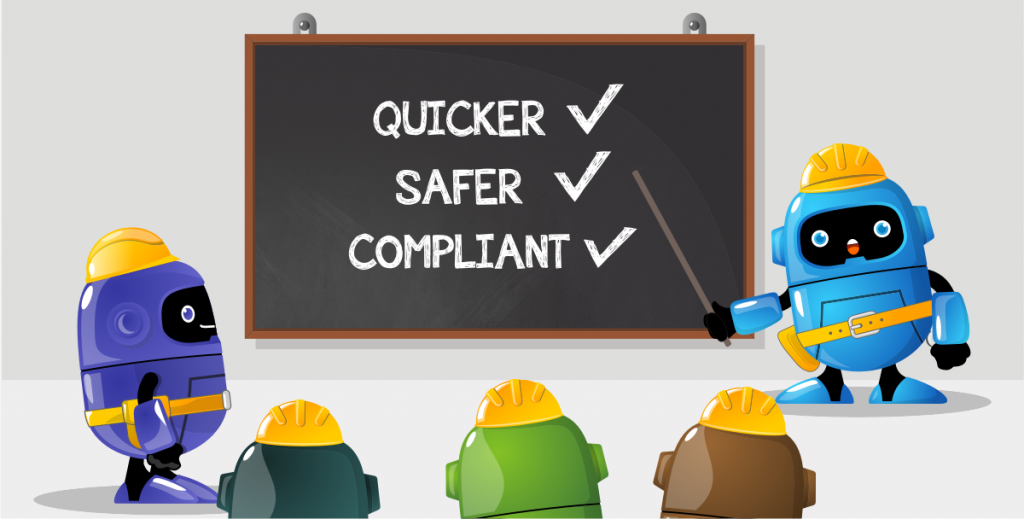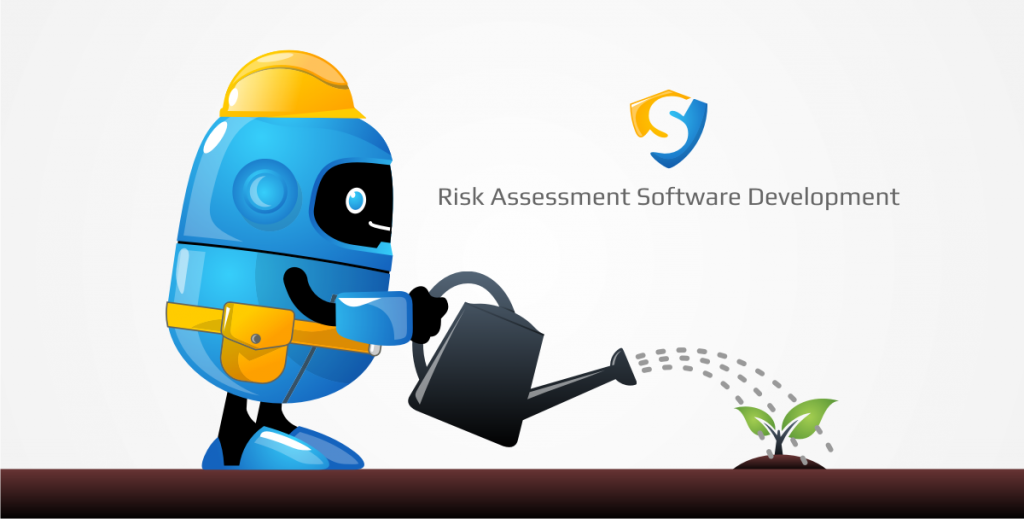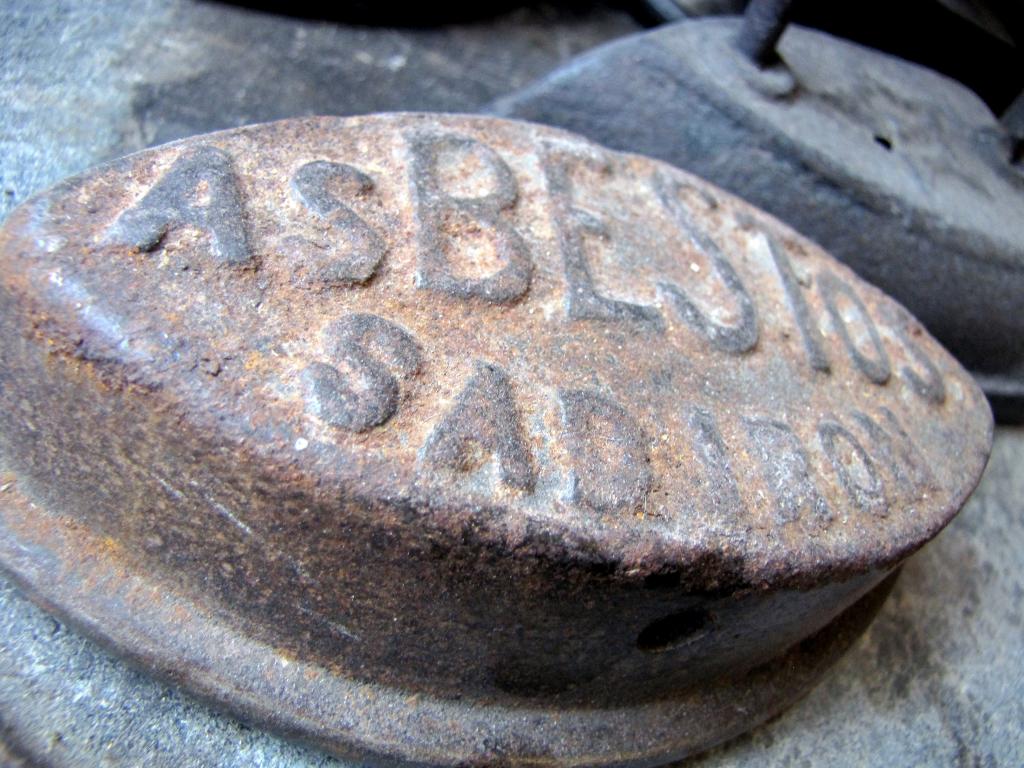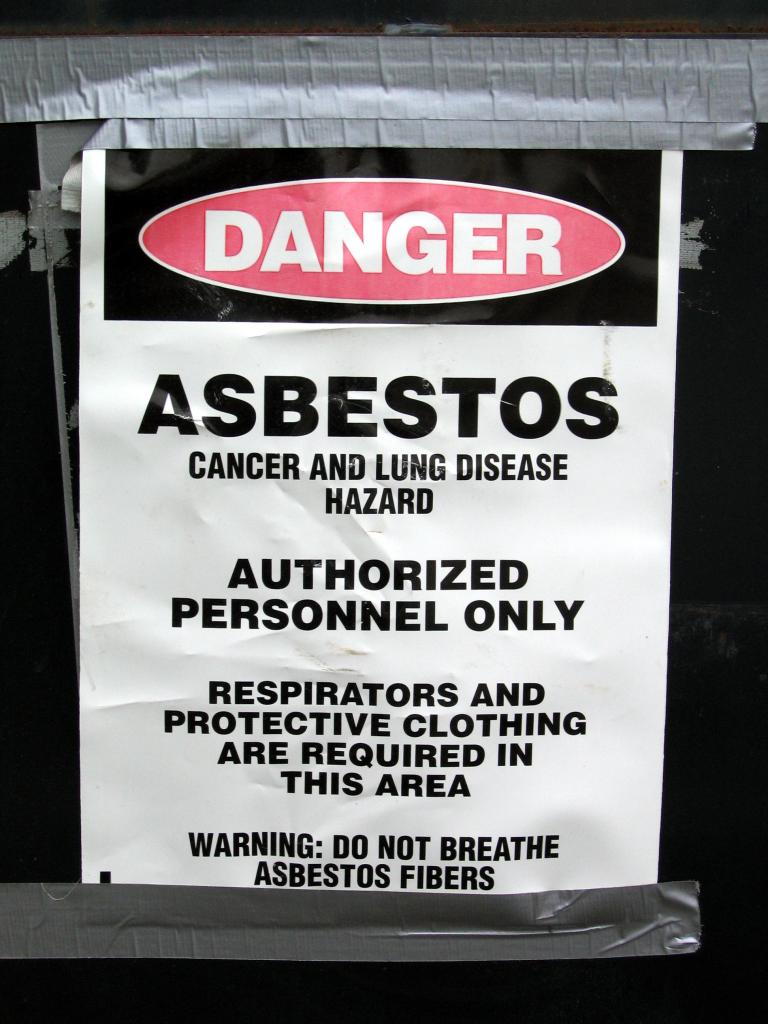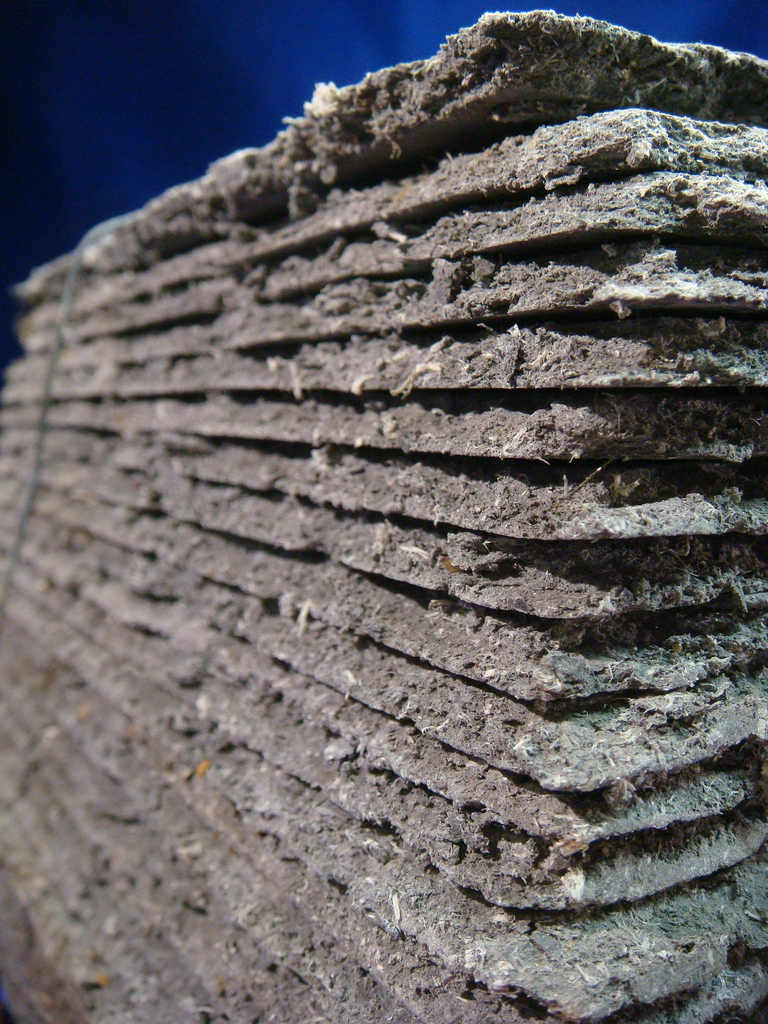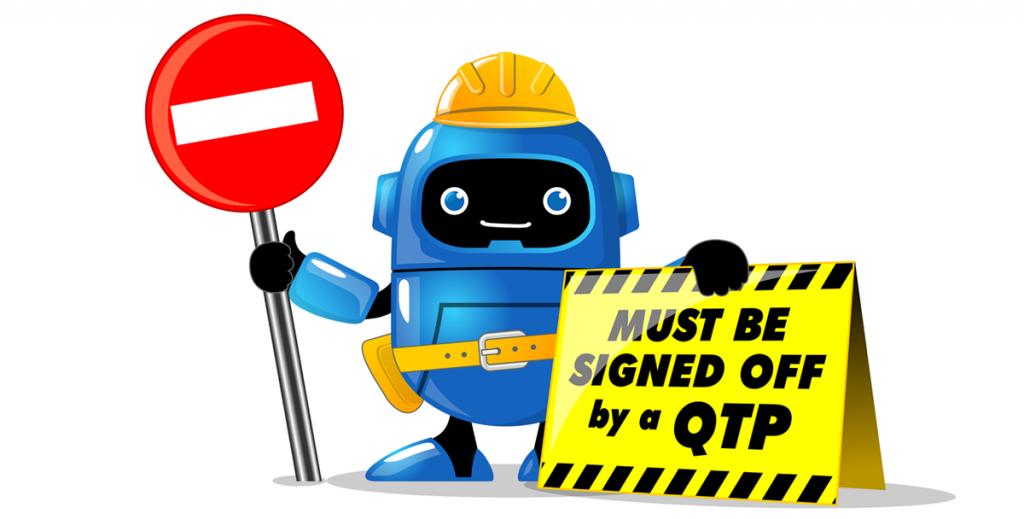Risk Assessment and Method Statement Free Template Download
In military speak, safe work method statements (SWMS) combined with risk assessments can be like enfilade fire from a defilade position. Pretty awesome if you can achieve them. SWMS are used to instruct safety procedures for known work place hazards and risks in construction. Risk assessments are used for identifying risks in the workplace and and can be used when a SWMS may not have been developed yet. We have some risk assessment and method statement free template downloads over here or you could read up some more on free swms templates.

Like all workers, soldiers are constantly balancing their risk between safety and productivity. Thats why enfilade fire from a defilade position is so inviting. This is the ultimate situation for a soldier to be in as enfilade fire means you have exposed the enemy along their longest access while being in a defilade position where the enemy cannot fire upon you. This minimises the risk of the solider being injured or killed while inflicting maximum damage to the enemy. Military tactics can be used in many contexts.
A construction worker faces life and death everyday as well though not to the same extreme as a solider. However, in Australia 186 workers were killed in 2013. Thats a sobering thought and emphasises why safety is so important. As convoluted as legislation can be it cannot be denied that safety is important. On one hand, if we swung the safetyodromitor completely towards being safe we could possibly lose productivity, or if the safetyodromitor was all about productivity we could compromise safety. The wise man says that it has to be somewhere in between or the intelligent man says we can do both.
The tool we have developed here at SafeWorkPro was born out of years of frustration with a paper-based process that compromised both safety and productivity. Cole Contracting has just made the finalists list for the Queensland Safe Work Awards 2014! Our tool streamlines the risk assessment and SWMS process by making it available on many devices like iOS and Android phones. It gets workers on the job quicker, safer, and compliant while making improvements to both safety and productivity.
